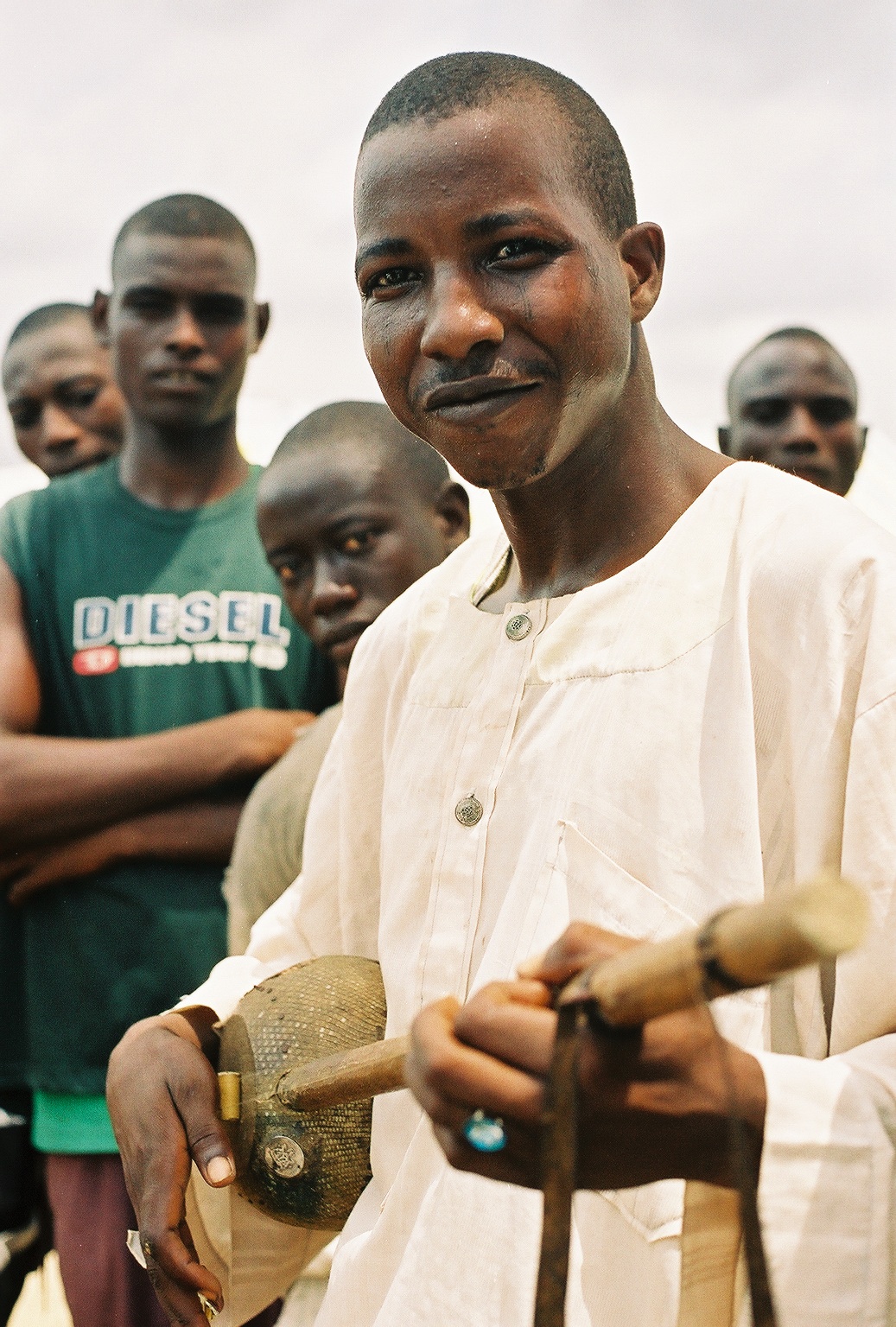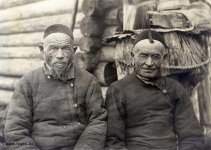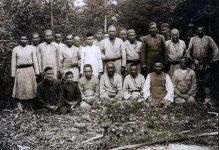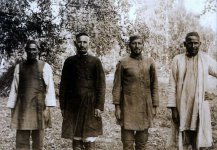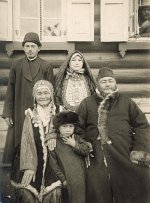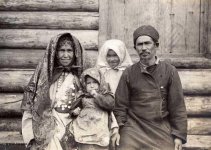"my heart" (gast ar hast! sorry)
Knovas and Taranis, you are right at first sight; it is true that mt DNA HGs, Y DNA HGs and autosomal genes are not linked one together by themselves, being on different chromosomes (Y, autosomals) or in cells (mt) - even for autosomals, they are dispersed on a lot of chromosomes, so for an indiviual, no link OK - but there is a statistical link (even if elastic) between all these genes at a collective level -
the only ways that a previous distributions of all these genes could drastically change in a population are:
hazard drift in a small population (founder effect), the case of ancient small families or tribes : it can have a strong result on Y-DNA, very less on the autosomals as a whole – less effect in today big populations – this is well shown by some african tribes and Bashkirs, I think -
social-political drift linked to male elites taking wives outside of their ethny leading to an over-representation of some Y-HGs : it seams it could have played a heavy enough role in « barbarians » times, more than today, but in what proportions ? This could be too a part of the explanation for Africans Y-R1b and Bashkirs, joined to the hazard cause of drift ? -
natural environmental selection (pressure) : it can not change all the genome and if it played surely an evident role at the sunrise of modern humanity it does not modify the external phenotypical genes to much in the present times (i do not expect a too big evolution about skin colour in future, by instance, but by « racial » crossings, and partially, by social classes selection – we know that Cro-Magnon was not the better equipped type for survive in cold climate and nevertheless they took the advantage on better fitted Neanderthals, according to scientists, so adaptation capacity by intelligence is not too new for Man -
about Y-DNA providing advantages or disadvantages, I wait knowing more (not only newly written papers « scooplike ») – these effect could affect the Y-DNA pool distribution more than the external phenotypes
it is true that in South Western Europe, the autosomals could have been changed at a noticeable level by a constant flow of genes by females of the Mediterranean shores (some surveys, outdated maybe, said that) between final Paleo and Neolithic , flow that could be very difficult to discover by archeology: some evolution of metric means on Mesolithic skeletons that show considerable gracilization and oter modifications of face and body could be the result of South and Eastern demic influences (contacts) upon the previous cromagnoid stock and not only the effect of internal mutational evolution... ? (I keep the capellids or brünns elements aside for their influences by crossing seam to me very evident and not confusing with evolution) - I confess I need more detailed and up-to-date well sampled surveys about mt-DNA in these areas (I have not too much money to purchase all the papers edited today) – nevertheless some evident phenotypical links appear within Iberians and Atlantic european shores, hard to evaluate very precisely but evident yet – less evident for more continental regions of Western Europe –
a bet : my present thought is that spite of some drift due to social male domination (the Steppes people showed social tendencies I link to that) the western dominating pool of Y-DNA in Europe is ancient in place (without speaking about later internal movements in closer times of History) – I see no reason for far coming Steppes tribes could overflow an already well developped population (about demographics) of neolithic peoples and neolithicized mesolithic ones. So if the western european males are european for a long time, I understand the phenotypical differences between regions without an only strictly female stocks explanation -



